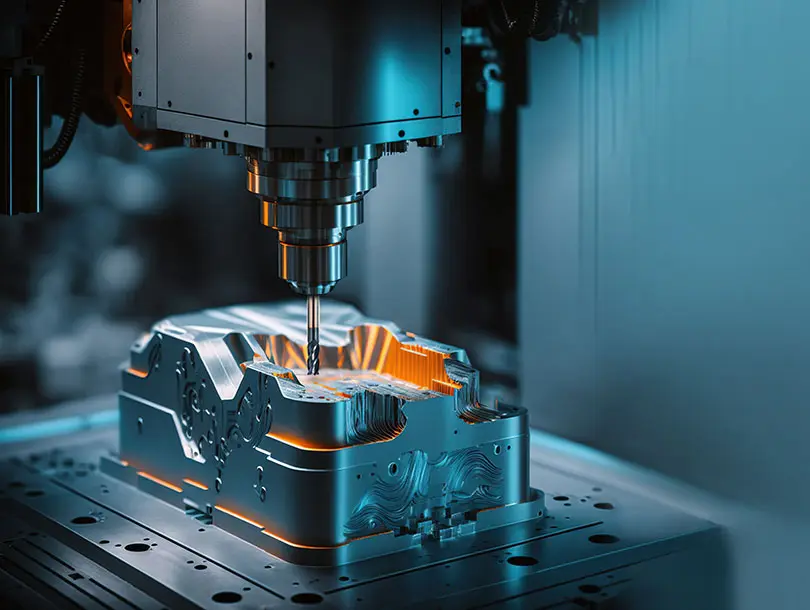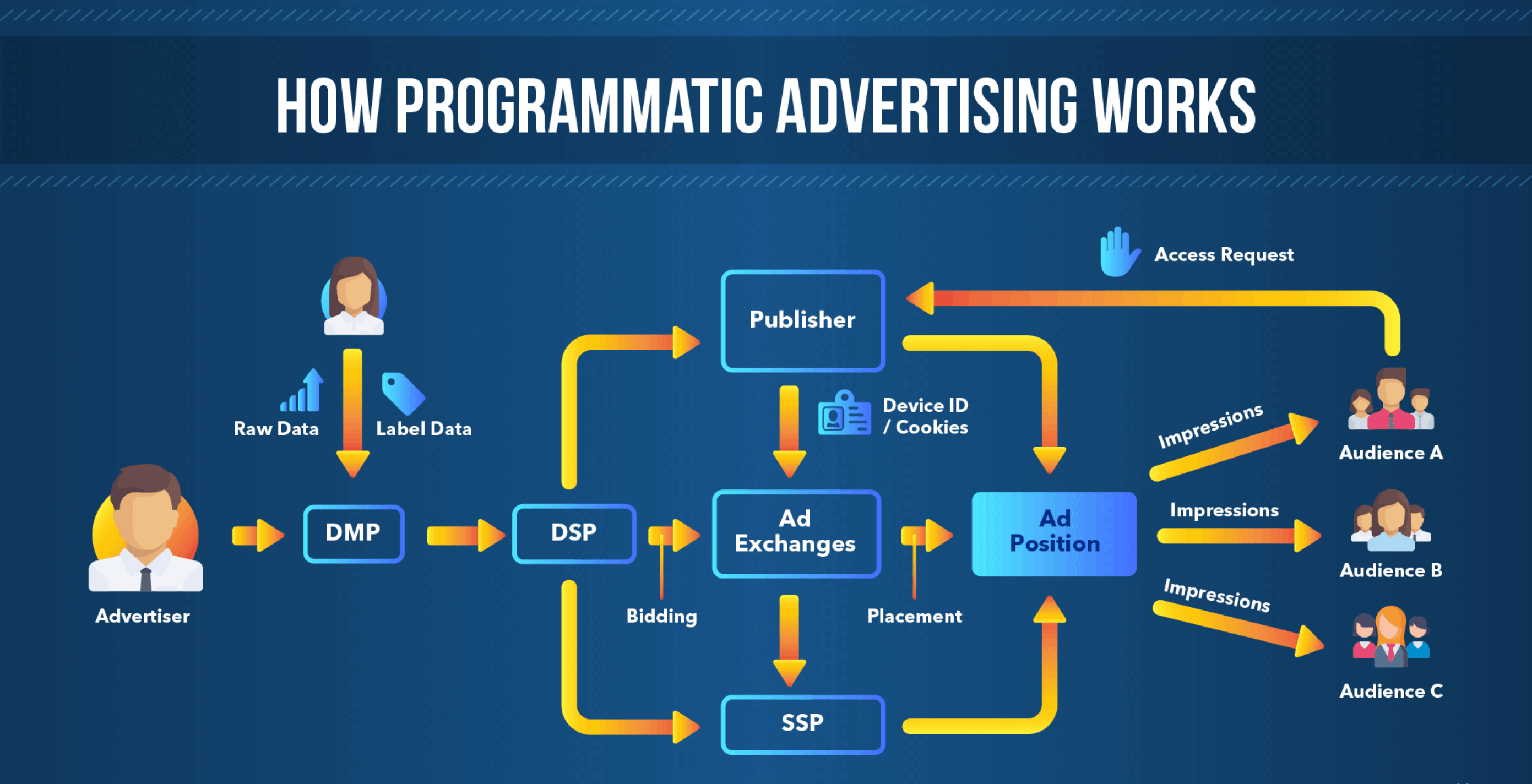The Ultimate Guide to Precision Machining: Techniques, Benefits, and Applications
Precision machining is a vital process used in various industries for creating high-quality, accurate parts and components. This article will explore the techniques, benefits, and applications of precision machining, offering insights into how it contributes to the manufacturing process. Whether you're in the automotive, aerospace, or medical industry, understanding these aspects can help you make informed decisions about incorporating precision machining into your operations.
1. What is Precision Machining?
Precision machining is a manufacturing process that involves using specialized equipment, such as CNC machines, lathes, and milling machines, to create highly accurate parts and components. The key feature of precision machining is its ability to produce parts with tight tolerances and minimal variation in size or shape. It is widely used in industries where accuracy and performance are critical, such as aerospace, automotive, and medical device manufacturing.
2. Key Techniques in Precision Machining
Several techniques are employed in precision machining, each designed to achieve specific results depending on the material and the desired outcome. Some of the most common techniques include:
| Technique | Description |
|---|---|
| CNC Milling | CNC (Computer Numerical Control) milling uses computer-controlled machines to cut and shape materials into precise parts, offering high accuracy. |
| Turning | In turning, the workpiece is rotated while a cutting tool removes material, commonly used to create cylindrical parts. |
| Grinding | Grinding uses a rotating wheel to remove small amounts of material for a fine finish, often used to improve surface smoothness. |
| EDM (Electrical Discharge Machining) | EDM uses electrical sparks to remove material from a workpiece, ideal for creating intricate shapes in hard materials. |
| Laser Cutting | Laser cutting uses focused laser beams to cut materials with high precision, especially useful for thin materials. |
Each of these techniques is essential for achieving the high precision required in many industries and applications.
3. Benefits of Precision Machining
The use of precision machining offers numerous benefits that make it a preferred method in many industries. These include:
| Benefit | Explanation |
|---|---|
| High Accuracy | Precision machining delivers parts with minimal deviation from desired specifications, making it ideal for applications requiring high tolerance. |
| Consistency | Once a process is set, precision machining can produce identical parts in high volumes without significant variance. |
| Material Versatility | This process can be used on a wide range of materials, including metals, plastics, and composites, giving manufacturers flexibility. |
| Reduced Material Waste | Precision machining minimizes material waste by cutting parts with high accuracy, reducing costs in the long term. |
| Improved Surface Finish | The techniques used in precision machining can create smooth and polished finishes on components, improving their aesthetic and functional properties. |
4. Applications of Precision Machining
Precision machining is used in a wide variety of industries due to its ability to produce parts with exceptional accuracy. Some of the most common applications include:
| Industry | Application |
|---|---|
| Aerospace | Precision machining is used to manufacture critical aerospace components such as turbine blades, brackets, and structural elements. |
| Automotive | The automotive industry relies on precision machining to create engine components, transmission parts, and other high-performance elements. |
| Medical Devices | In the medical field, precision machining is used for creating implants, surgical instruments, and other medical equipment that require exact dimensions. |
| Electronics | Precision machining is crucial for the production of electronic parts, such as connectors, housings, and circuit board components. |
| Military and Defense | The defense sector uses precision machining to create weaponry, aerospace components, and specialized machinery for military applications. |
Each of these industries benefits from the high-quality, precise components that precision machining produces, ensuring safety, functionality, and performance.
5. How to Choose the Right Precision Machining Service
When selecting a precision machining service, there are several factors to consider to ensure that your project is completed to the highest standards. Here are the most important aspects to keep in mind:
| Factor | Why It Matters |
|---|---|
| Experience and Expertise | Look for a service provider with a proven track record and expertise in the specific type of machining you need. |
| Technology and Equipment | Ensure that the provider uses modern CNC machines, lathes, and other precision tools to achieve high accuracy. |
| Material Capability | The provider should be capable of working with the materials required for your project, such as metals, plastics, and composites. |
| Quality Control | A reliable service provider will have strict quality control measures in place to ensure every part meets the required tolerances. |
| Lead Time and Delivery | Depending on your project timeline, consider the provider’s ability to meet deadlines without compromising quality. |
6. Conclusion: Why Precision Machining Matters
Precision machining is a critical process in many industries due to its ability to produce accurate, consistent, and high-quality parts. By choosing the right techniques, service providers, and materials, you can ensure the success of your project. Whether you are in aerospace, automotive, medical, or another field, leveraging precision machining will allow you to achieve the desired outcomes with greater efficiency and less waste.
Explore

The Ultimate Guide to CNC Machining Manufacturers: Services, Benefits, and Choosing the Right One

A Comprehensive Comparison of DeepSeek and ChatGPT: Features, Benefits, and Limitations

Transform Your Business with IT Cloud Solutions: Benefits, Challenges, and Best Practices

Save on Short-Term Fleet Needs: The Benefits of Temporary Commercial Vehicle Insurance

Top 5 Benefits of AI for Small Businesses

Top Benefits of Programmatic Advertising for Businesses in 2025

Top Benefits of Offshore Software Development: Why More Companies Are Choosing It

The Benefits of Virtual Therapy Sessions: How Online Counseling Can Help You
